Scientists at the Massachusetts Institute of Technology (MIT) have made a groundbreaking discovery in the field of superconductivity, a phenomenon where materials can conduct electricity with zero resistance. The research team, led by physicist Pablo Jarillo-Herrero, has found direct evidence of unconventional superconductivity in magic-angle graphene, a material that exhibits unusual electronic properties.
According to the study, published on November 8, 2025, the team observed a distinctive V-shaped energy gap in magic-angle graphene, a characteristic that is typically associated with unconventional superconductors. This finding suggests that the electron pairing in this material may arise from strong electronic interactions instead of lattice vibrations, a process known as phonon-mediated superconductivity.
"We were surprised to see this V-shaped signal, which is a clear indication of unconventional superconductivity," said Jarillo-Herrero in an interview. "This is a major breakthrough, as it opens up new possibilities for the development of room-temperature superconductors."
The discovery has significant implications for the development of more efficient and sustainable technologies, such as high-speed transportation systems, energy storage devices, and medical equipment. Superconductors work like express trains for electricity, allowing it to travel through without resistance or energy loss.
Magic-angle graphene is a type of material that consists of layers of carbon atoms arranged in a specific angle, which creates a unique electronic environment. The material has been the subject of intense research in recent years, as scientists have been trying to understand its unusual properties and potential applications.
The MIT team used a new platform to measure the superconducting gap in magic-angle graphene, which involves tunneling electrons between two layers of the material while measuring its superconducting state. This method allowed them to observe the V-shaped energy gap, which is a clear indication of unconventional superconductivity.
The discovery has been hailed as a major breakthrough by the scientific community, with many experts praising the team's innovative approach and rigorous methodology. "This is a significant step forward in our understanding of superconductivity, and it has the potential to revolutionize the field," said Dr. Maria Rodriguez, a physicist at the University of California, Berkeley.
The research is still in its early stages, and further studies are needed to fully understand the properties and potential applications of magic-angle graphene. However, the discovery has generated significant excitement and interest in the scientific community, and it is likely to have a major impact on the development of new technologies in the coming years.
The MIT team is already planning to continue their research, exploring the properties of magic-angle graphene and its potential applications. "We are eager to see where this discovery will take us," said Jarillo-Herrero. "We believe that this material has the potential to revolutionize many fields, and we are committed to exploring its full potential."




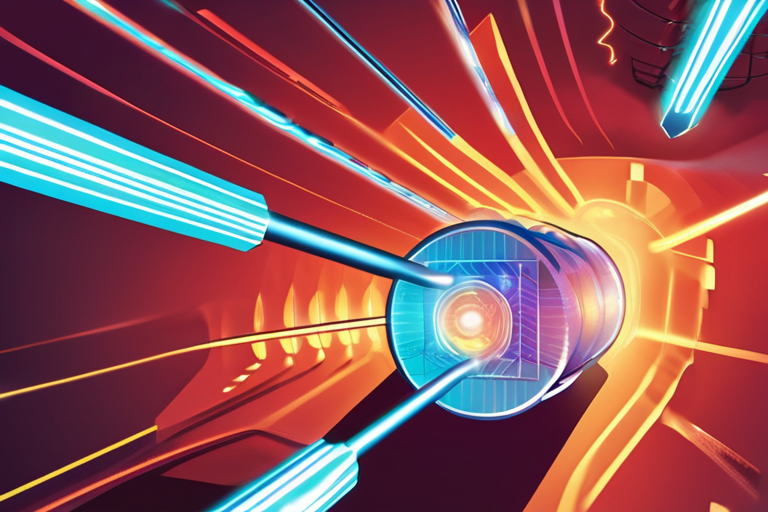
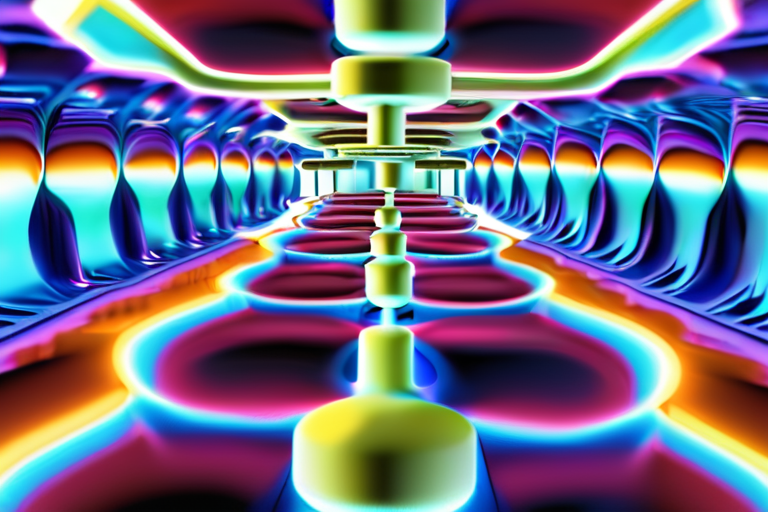

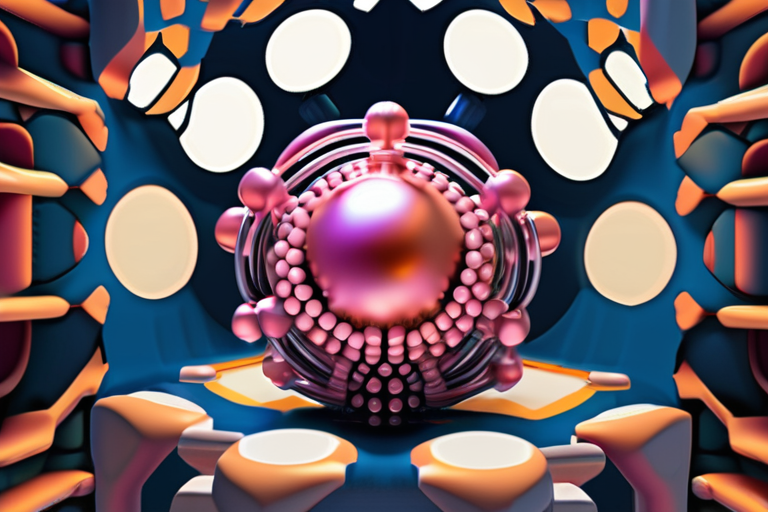






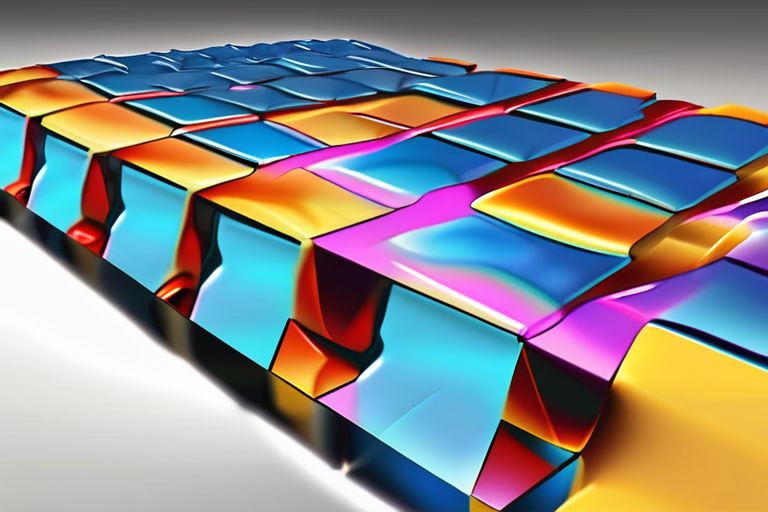







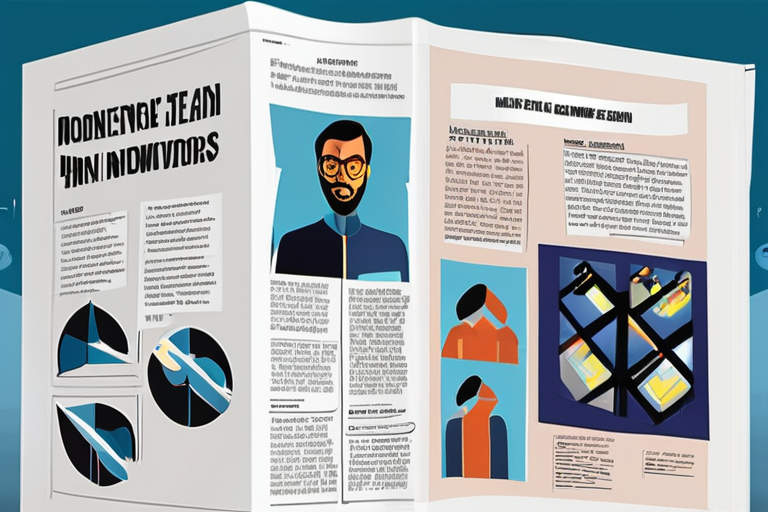
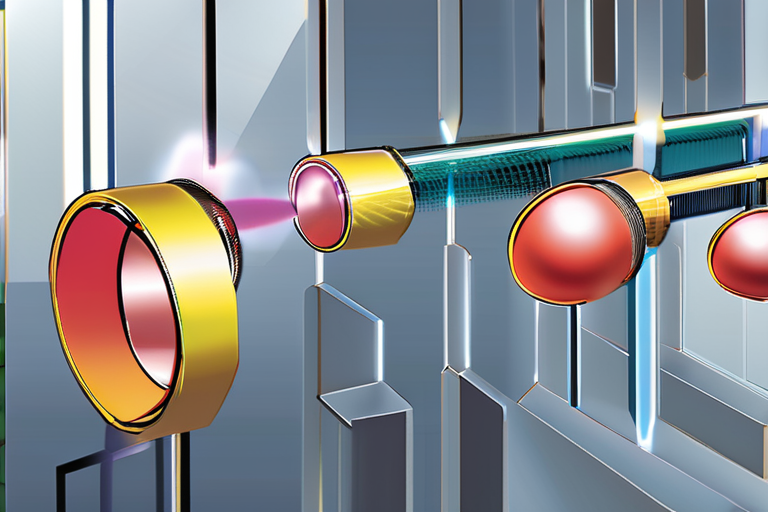



Share & Engage Share
Share this article